Why Chiang Mai is the perfect fit for a cultured Thai experience
Fast is a relative term, given the rail journey takes nine hours and 50 minutes. But it offers plenty of scenic highlights and I arrive in time for dinner.
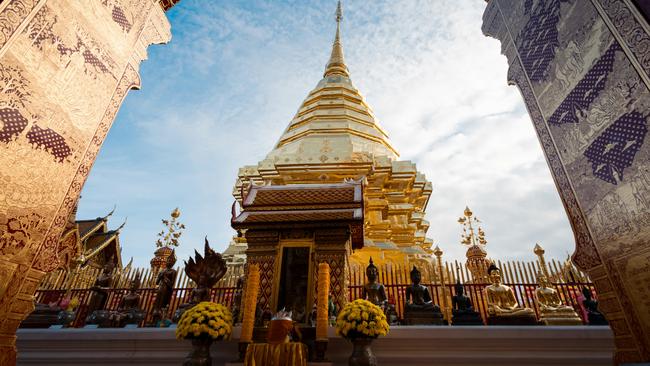
My goal is to flee the bright lights, soupy humidity, persistent vendors and surging traffic of Bangkok. The plan: head north to the mountainous province of Chiang Mai and explore the deep cultural heritage of this region.
Its eponymous capital is the second-largest city in Thailand, so there goes any notion of a rustic getaway. But a population of 1.3 million seems manageable by Asian standards and there are hills to hike and, hopefully, air clear enough to make my head spin.
I book the fastest option from Bangkok’s Don Mueang Station to Chiang Mai. Fast is a relative term, given the rail journey takes nine hours and 50 minutes. But it offers plenty of scenic highlights and I arrive in time to head to the Old City precinct for dinner.
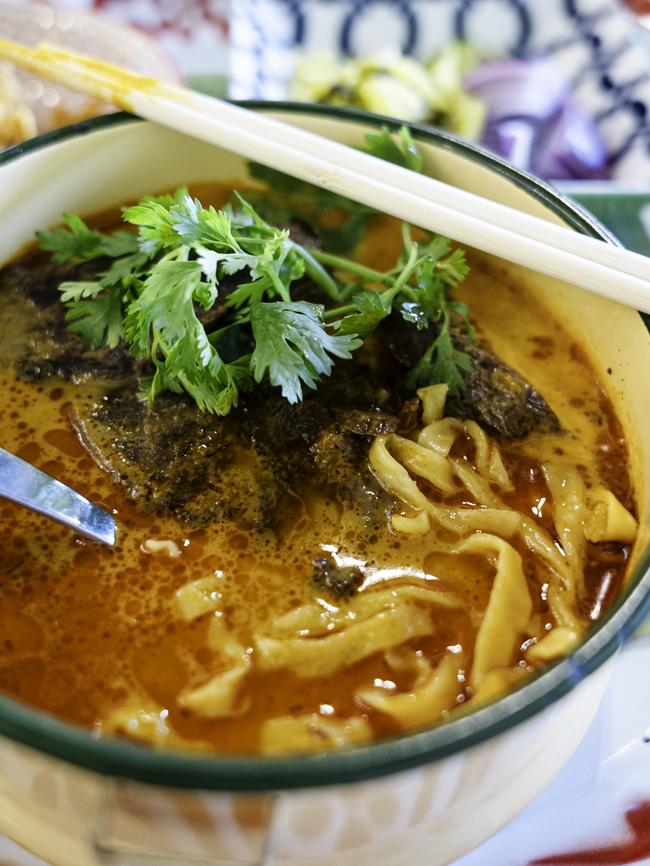
Famished, perched on a plastic stool amid all the sizzle and steam of rows of busy stalls, it feels essential to start with the region’s popular dish khao soi. This offering of chicken or beef combines a creamy curry mixture with flat egg noodles. It’s undeniably rich so I make a note to go easy the following day with gaeng hang lay, a yellow curry based on tamarind, sans coconut cream. The dish is Burmese in origin, a reminder that the Myanmar border looms to the north. Also pleasing is tam khanun, a salad of green jackfruit, boiled, shredded and stir-fried with a paste of shrimp and chilli. It nails all the taste sensations from sweet and sour to salty and nutty. And let’s add spicy if you add chopped chillies of the devilish bird’s-eye variety on the side.
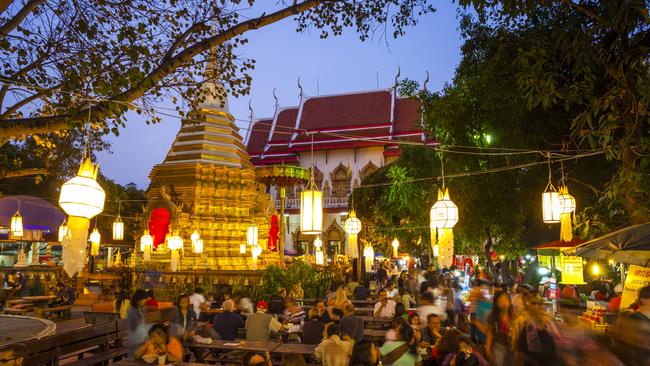
I have checked into the InterContinental Chiang Mai The Mae Ping, a hotel where the exquisite heritage motifs and artworks of northern Thailand are in profusion, their broader provenance harking to the time of the founder of the Lanna kingdom, King Mangrai, in the 13th century.
Some hotels go for identikit design, a cookie-cutter style of décor that is perfectly fine but often gives no sense of where you are. Here we have an international brand that goes the extra distance to bring a clear sense of context to details and delivery at its key properties.
It is hard not to be enthralled by the 10 styles of handiwork on display across this 240-room property. Chang sip mu is the term applied to these traditional arts and, at every turn, artisanal excellence is on show, most of it tactile and accessible. Find lacquerware and sculpture, engraving and textiles, plaster work and moulding. Then there are murals, beaten metal panels, bronze and silver wares, all echoing elements of the region’s Burma-controlled era and its transition to the then Siam. Once spread across Chiang Mai, Chiang Rai and surrounding provinces, Lanna means “kingdom of a million rice fields”, so no wonder control was hotly contested.
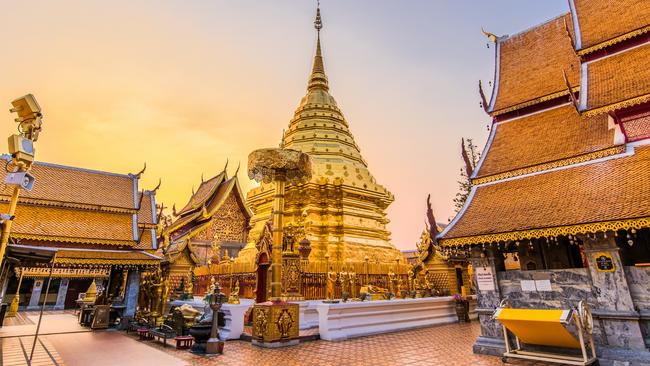
There’s a history lesson in all of this, but not at the expense of comfort and contemporary culture. The high-rise property, formerly The Imperial Mae Ping, is in the city’s heart and would hardly be recognisable to past guests of its predecessor. It’s not a beauty from the outside but a second phase of development is progressively adding more guest rooms, club lounges and leisure facilities. Depending on your room, you could be facing Doi Suthep, a sacred mountain, or the nearby city skyline, but no matter which of the four room styles, there are bed linens from a Chiang Mai maker, bath products by a local producer (sweet tuberose prevails), and generously appointed bathrooms.
Chiang Mai’s storied landmarks are mostly within walking range but the well-versed concierge maps out a broader array of sites, which constitute a considerable array, such as Queen Sirikit Botanical Garden and its rainforest glasshouse, a coffee plantation tour, visits to art galleries and silversmith workshops, plus the best neighbourhood bars and cafes.
The hotel’s grounds are made for strolling too, including to Wat Chang Kong stupa, where weekly alms-giving takes place. Little touches are memorable, too, such as the miniature gong to ring during check-in.
On the 17th floor, Sky Bar is the kind of rooftop cocktail and tapas bar that Thai hotels do so well. But here the view is not of neon and laser beams but rooftops and shadowy hills. You’re atop one of the few high-rises in this repository city of Lanna culture. Without doubt, it’s a regal perch.
Checklist
Getting there: Chiang Mai is an 80-minute flight north of Bangkok, with domestic flights leaving from Bangkok frequently.
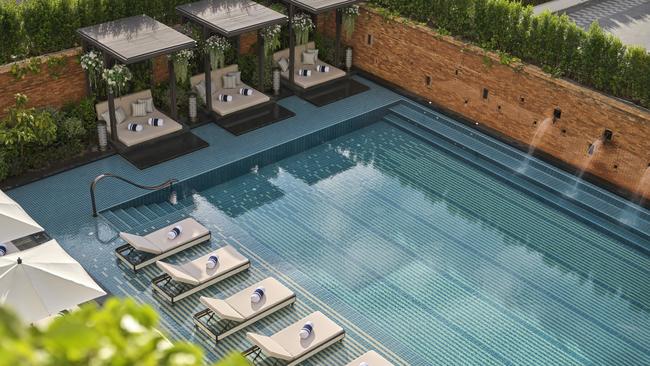
Stay: InterContinental Chiang Mai The Mae Ping, an IHG Hotel (chiangmai.intercontinental.com/en) is a short drive from Chiang Mai airport in a historic location near to the night markets. Rooms start at about $400. Premium king category rooms have direct terrace access to a private hot tub.
Do: The hotel has two pools (one for children) plus a junior facility known as Planet Trekkers. The concierge can plan several days of cultural activities accessible within a close distance; the city is particularly renowned for its traditional arts and crafts. Wat Phra That Doi Suthep is a famed Buddhist temple and sacred site to many Thais, worth visiting. Or closer, Wat Chang Kong, a 600-year-old temple, is adjacent to the hotel. Also roam the vast Queen Sirikit Botanical Garden with its particular emphasis on native Thai flora.
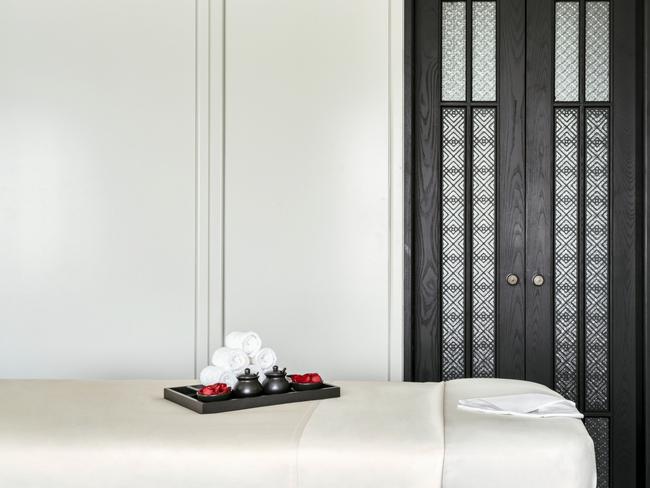
Eat: Of the InterContinental’s five restaurants, Gad Lanna, meaning market, opens to a terrace setting and is the most casual, echoing the traditional architecture and artefacts of a Lanna-era home and featuring seasonal ingredients from catchment farms. Green papaya salad, pandan leaf-wrapped specialties and a vegetarian yellow curry are the stand outs, and the breakfast spread features an eggs-to-order station and noodle bar. Cool and funky describes the KAM Lobby Lounge hub, a social hangout with jazz music, afternoon tea service from 2-5pm, coffee bar, and cocktails pepped up with the likes of rosewater and honeyed galangal syrup. This area’s remarkable lighting installation strip was conceived to mimic lanterns released into the sky during the annual Yi Peng festival in November. Outside the hotel, the long-established restaurant The House by Ginger has earned accolades in The Michelin Guide Thailand.

To join the conversation, please log in. Don't have an account? Register
Join the conversation, you are commenting as Logout